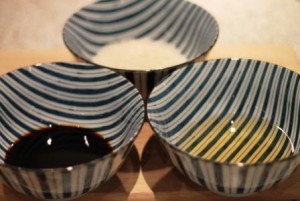 The Japanese are the world’s longest living population and there is a reason for that.
The Japanese are the world’s longest living population and there is a reason for that.
The Japanese live a busy life like so many others. There are many in the larger cities that work approx. 10 hours a day. The Japanese also have children, family, hobbies and much else that has to be taken care of.
In everyday life, the Japanese spend very little time on the food. In Tokyo you will find really many noodles bars on virtually every street. It is a popular street food which the Japanese both enjoy for lunch or dinner. From pulling a ticket in a vending machine just in front of the restaurant to sit at a table where a bowl of hot noodle soup is placed does not take more than 7 minutes.
On average it takes for the Japanese about 7 minutes to eat noodle soup on a daily basis in Tokyo.
The Japanese noodle soup as it is served in Tokyo you can now learn to do in Copenhagen. On Noodle soup course for beginners you learn step by step to make 2 different kinds of noodle soups as it is served in Japan.
_
Zoë has held sushi courses and cooking classes for A. P. Moller – Maersk, Hugo Boss Nordic, Novo Nordisk, Novartis, Velux, Gorrissen Federspiel, Beierholm revision, Elbek & Vejrup and many more.








